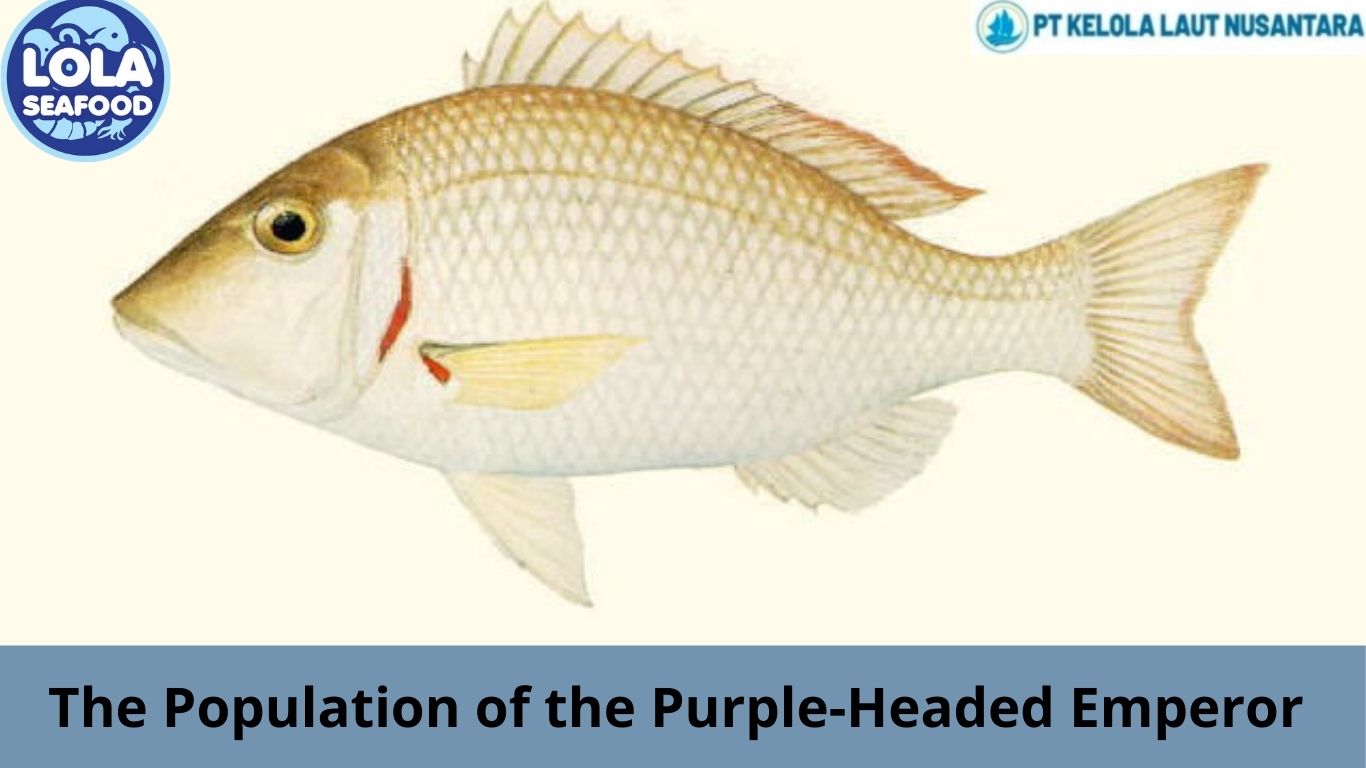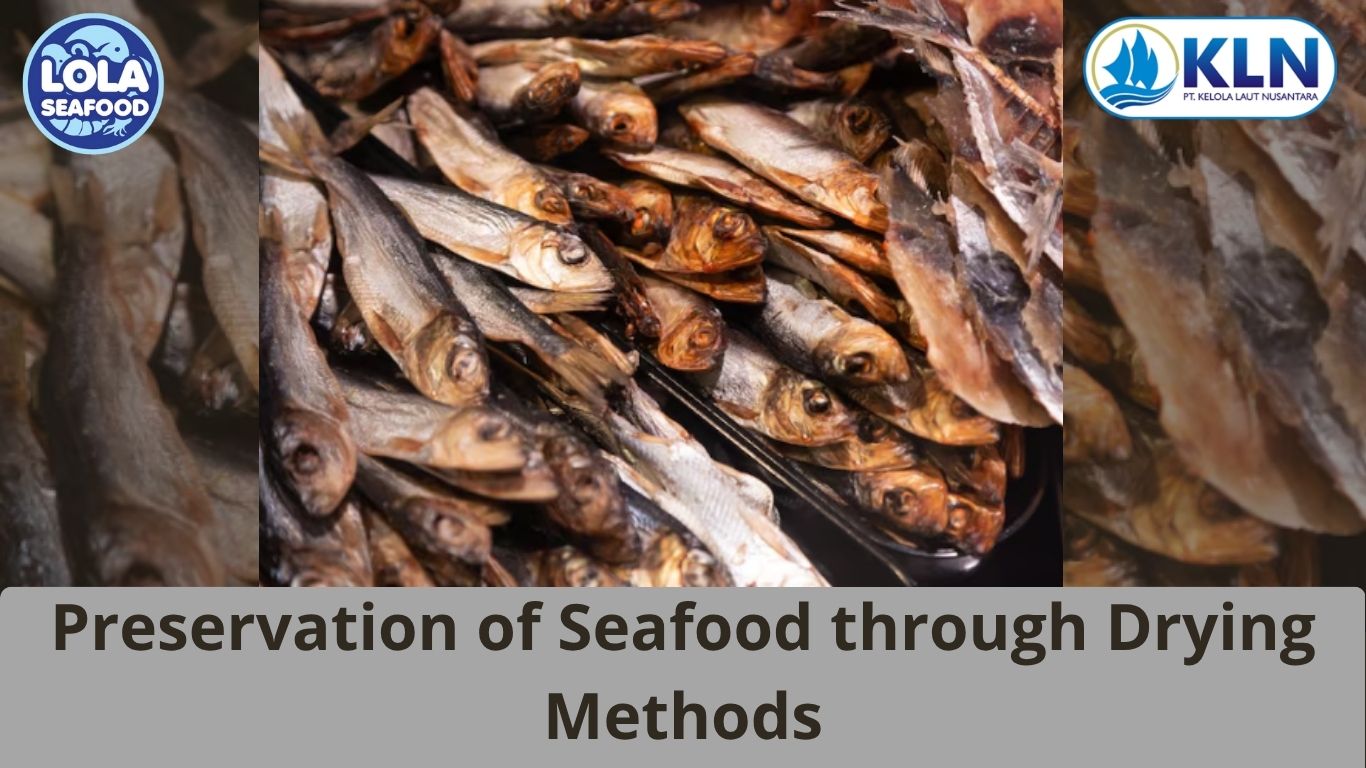The Population of the Purple-Headed Emperor
By. Ely Kusniawati - 21 Feb 2025
Kelolalaut.com The Purple-Headed Emperor (Lethrinus lentjan), also commonly known as the Pink Ear Emperor or Trumpet Emperor, is a species of fish belonging to the Lethrinidae family. Found in tropical and subtropical marine environments, particularly in the Indo-Pacific region, this species plays a crucial role in reef ecosystems and is an important target for commercial and subsistence fisheries.
Population Distribution and Habitat
The Lethrinus lentjan is widely distributed across the Indo-Pacific, from the eastern coast of Africa and the Red Sea to the western Pacific, including Australia, Indonesia, and the Philippines. It thrives in coastal waters, particularly in coral reefs, seagrass beds, and sandy lagoons at depths ranging from 2 to 60 meters. Juveniles are commonly found in mangrove estuaries and seagrass beds, while adults prefer deeper reef environments.
Population Trends and Conservation Status
Assessing the exact population of Lethrinus lentjan is challenging due to its vast range and the influence of various environmental and human factors. According to the International Union for Conservation of Nature (IUCN), the species is currently listed as Least Concern, meaning it is not facing an immediate threat of extinction. However, localized declines have been observed in areas experiencing heavy fishing pressure and habitat degradation.
Fisheries data indicate that the Purple-Headed Emperor is frequently caught in both artisanal and commercial fisheries, using various methods such as handlines, traps, and trawls. Overfishing, particularly in regions where reef fish are heavily exploited, has led to concerns about declining stocks in some areas. Additionally, habitat destruction caused by coastal development, pollution, and climate change poses a long-term risk to population stability.
Reproduction and Life Cycle
The Lethrinus lentjan is a protogynous hermaphrodite, meaning individuals start their lives as females and later transition into males. This reproductive strategy can make populations vulnerable to overfishing, especially if larger, older males are selectively harvested. Spawning typically occurs in groups, with peak reproductive activity observed during warmer months. Juveniles grow rapidly and reach sexual maturity within two to three years.
Conservation and Management Efforts
To ensure the sustainability of Lethrinus lentjan populations, several conservation measures have been recommended:
- Fisheries Management – Implementing size and catch limits, seasonal closures, and marine protected areas (MPAs) can help maintain healthy stocks.
- Habitat Protection – Protecting coral reefs, mangroves, and seagrass beds is crucial for sustaining breeding and juvenile habitats.
- Monitoring and Research – Conducting regular population assessments and genetic studies can provide insights into stock health and connectivity among different regions.
- Sustainable Fishing Practices – Encouraging selective fishing gear that reduces bycatch and minimizes habitat damage can help preserve fish populations.
While the Purple-Headed Emperor (Lethrinus lentjan) remains relatively stable in population, ongoing environmental and human pressures highlight the need for proactive conservation measures. Sustainable fisheries management and habitat protection are key to ensuring the long-term viability of this species, preserving both its ecological role and its value to local economies.
If you are interested in our emperor grass whole round / whole gilled gutted scaled, emperor whole round /whole gilled gutted scaled, emperor fillet skin on and emperor fillet skin less please do not hesitate to contact us through email and/or whatsap
.jpg)







